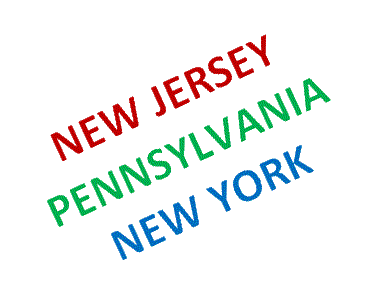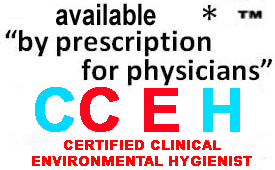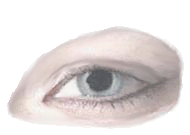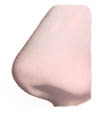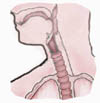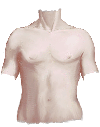|
Eight sC protocol classes of highly SPECIALZED investigations by Certified Clinical Industrial Hygienists -
|
employing the subClinical © Medical/Health protocols sC I-IV ©
|
|
OBTAIN A HIGHER STANDARD - WE AS MEDICAL SCIENTISTS KNOW MOLD FUNGI ARE FIRST AND FOREMEOST ABOUT YOUR HEALTH * *
|
|
Information: subClinical Methods of the sC Protocols I - IV
|
|
|
|
|
|
A certified clinical industrial hygienist, The subClinical protocols were developed and formalized by medical researchers including medical mycologists, toxicologists, pathologists, allergologists and immunologists in the US, UK and EU of the subClinical Research Group- www.subClinical.org . The protocols may be indicated and prescribed by knowledgeable physicians or ordered by anyone in need of such investigations. |
|
Certified clinical industrial hygienist, Our The clinically trained and experienced The
|
